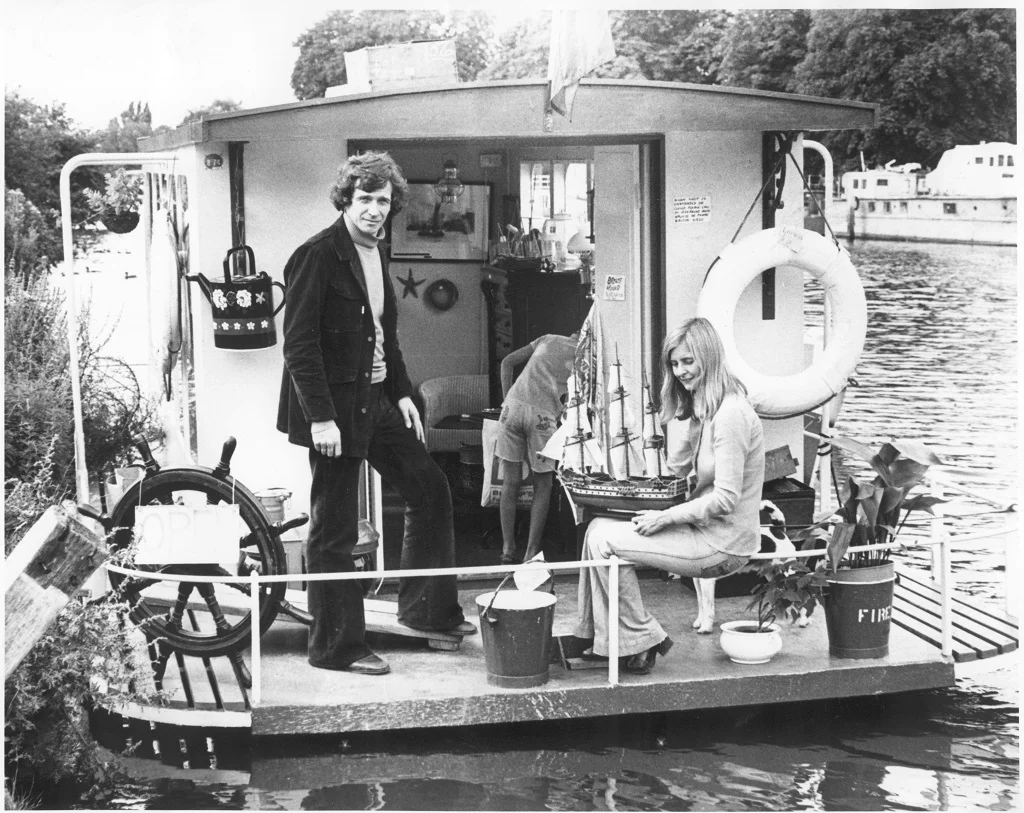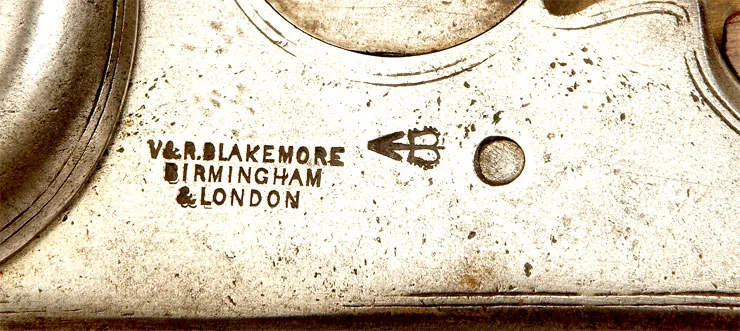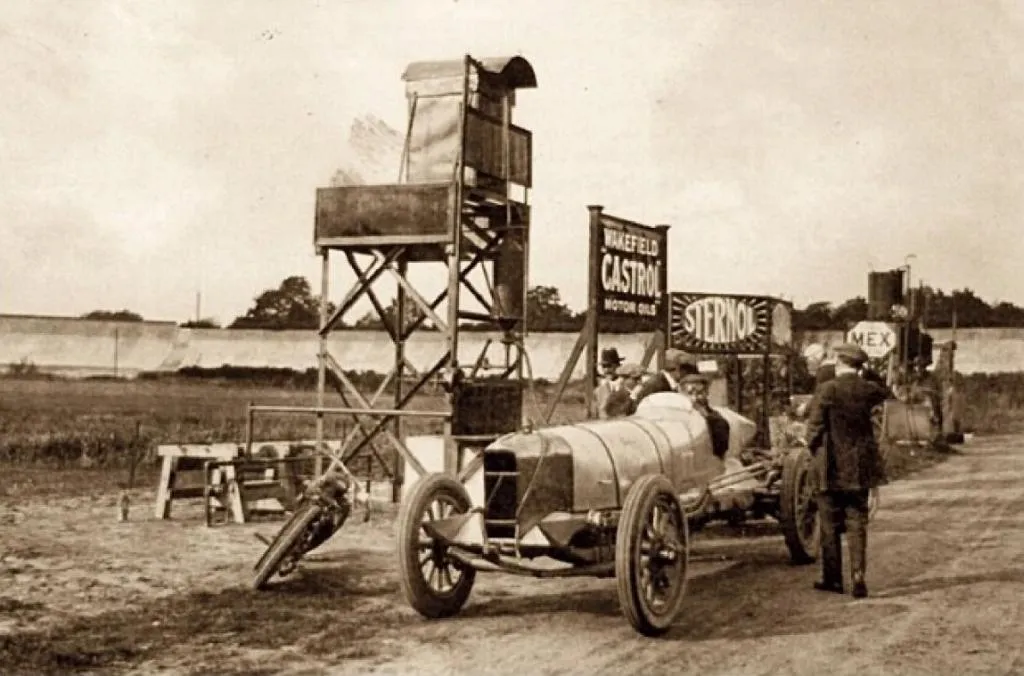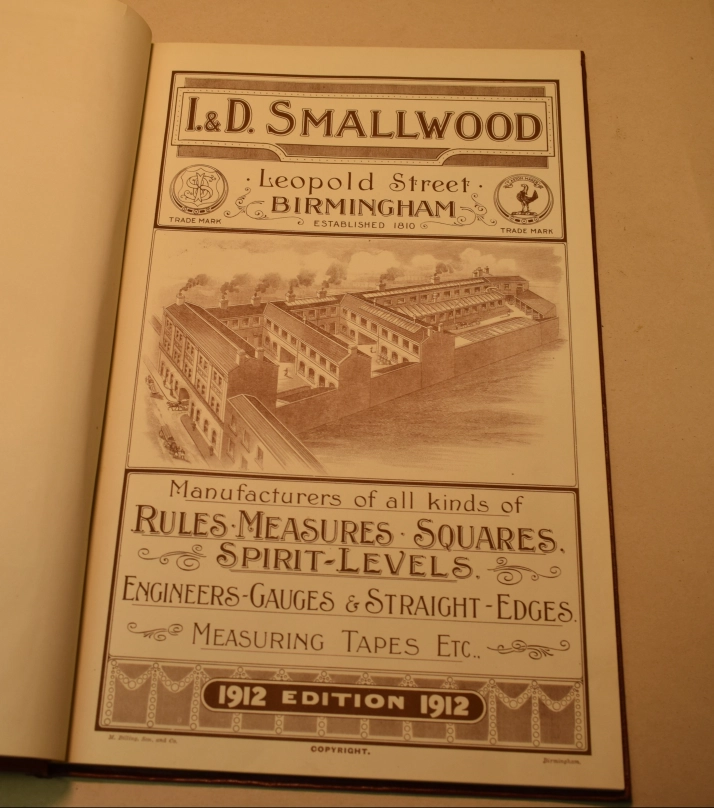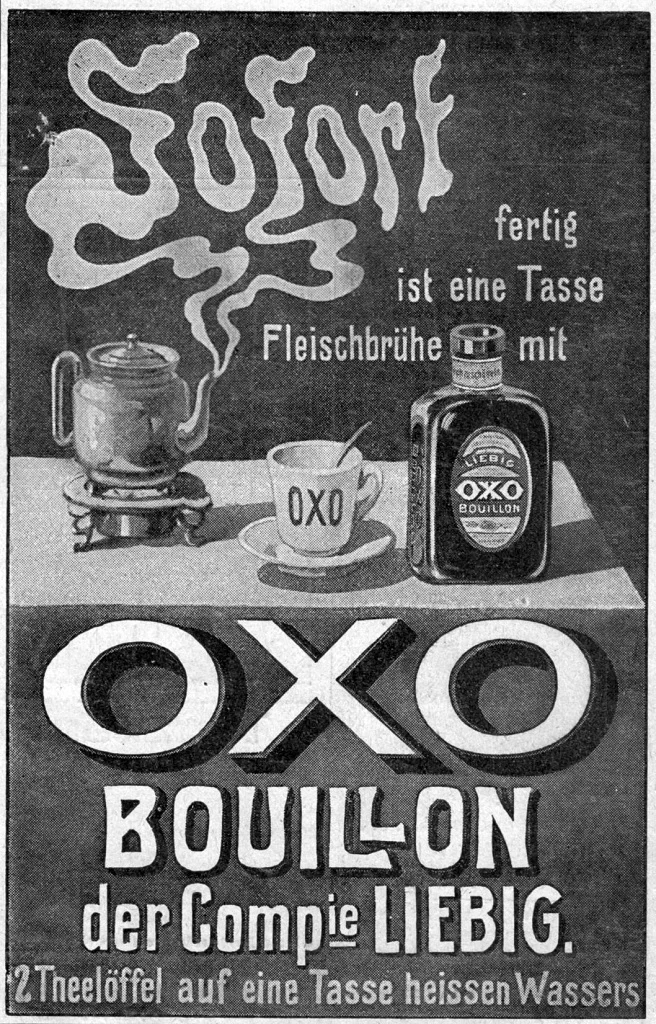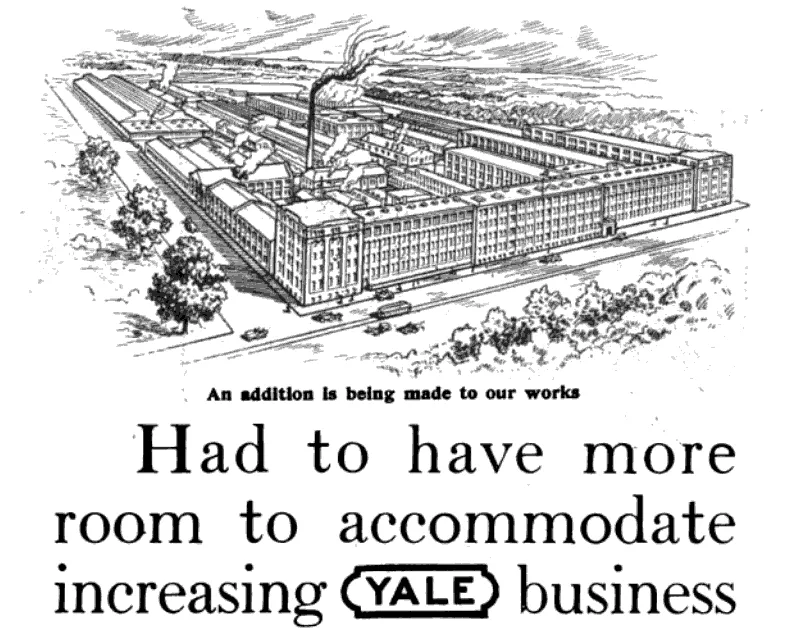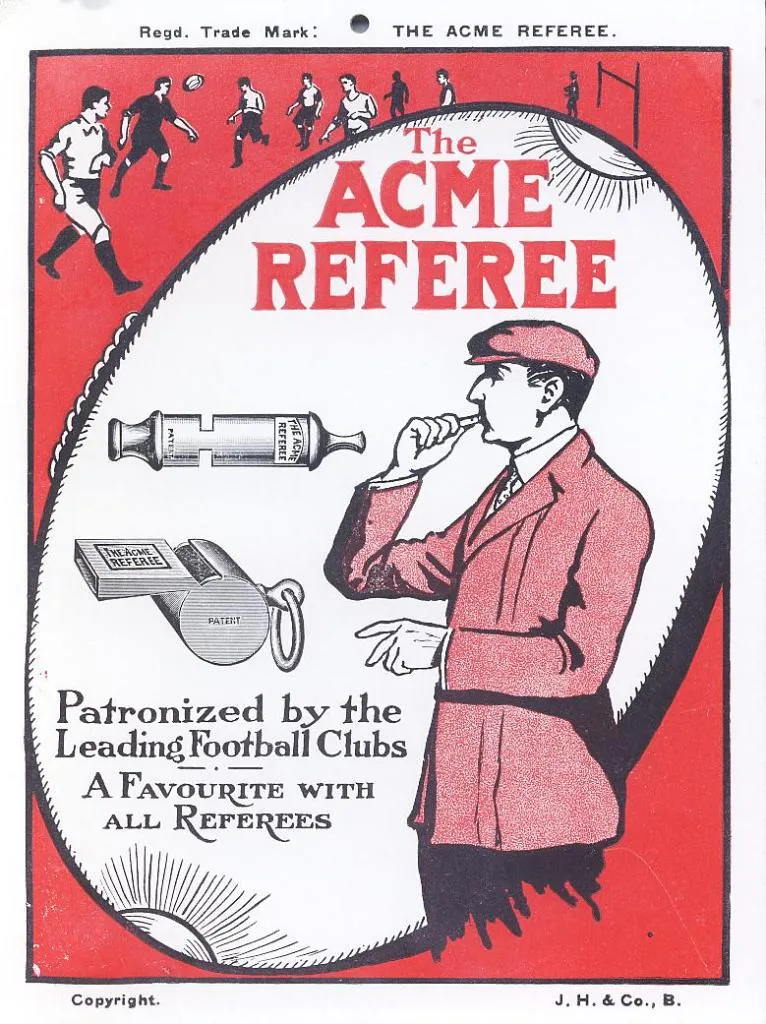The story of the iconic yellow-blue Weetabix tin box
Explore the history of the Weetabix company and its iconic yellow-blue tin box.
Discover the origins of Weetabix, the story behind its famous tin box, and how this collectible item became a piece of nostalgia. Learn about its design, cultural impact, and enduring legacy in kitchens around the world.
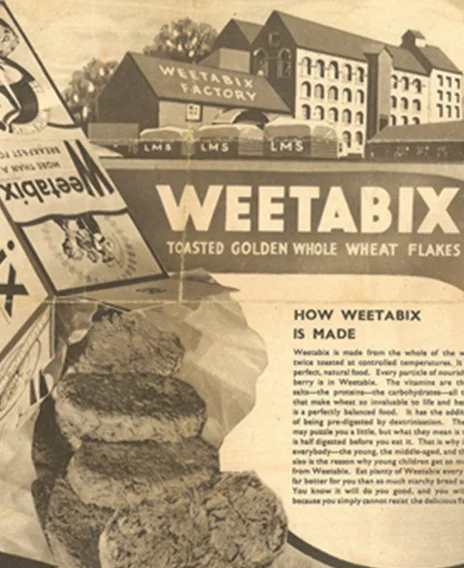
Source: weetabixfoodcompany.co.uk
Table of Contents
Founding and Early DaysInnovative Marketing StrategiesWorld War II ChallengesThe Weetabix Yellow Tin: Origins of the Yellow TinThe Birth of an IconCollector’s ItemCultural ImpactFounding and Early Days
Weetabix was founded in 1932 by Bennison Osborne and Malcolm MacFarlane in Burton Latimer, Northamptonshire, England. Originally called the British & African Cereal Company, it was modeled after an Australian cereal product. Osborne and MacFarlane aimed to create a wholesome, nutritious breakfast option that was both convenient and affordable during the tough economic times of the Great Depression.
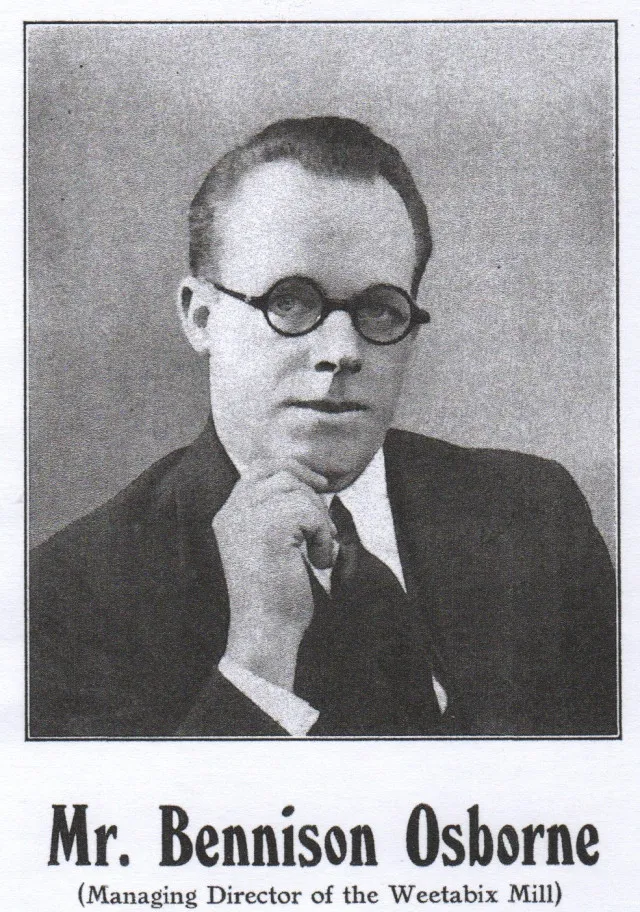
Source: jollycontrarian.com
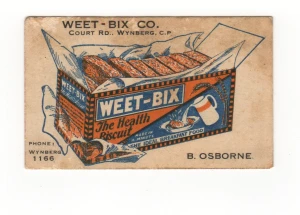
Source: Google Books
Innovative Marketing Strategies
In its early years, Weetabix faced stiff competition from established brands like Kellogg's. To stand out, Weetabix employed innovative marketing strategies. They introduced the iconic "Have you had your Weetabix?" campaign, which became a household phrase in the UK. Their advertisements focused on the health benefits of Weetabix, promoting it as a breakfast that could provide sustained energy and improve overall well-being.
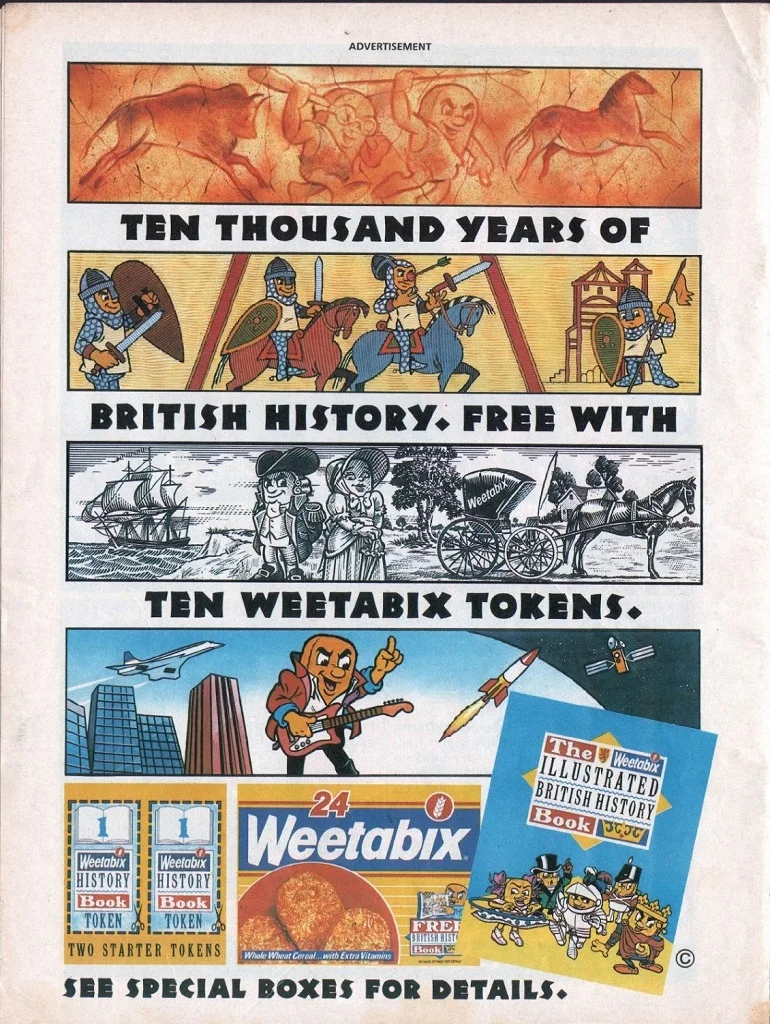
Source: Google Books
World War II Challenges
The outbreak of World War II brought significant challenges for Weetabix. With rationing in place and shortages of key ingredients, the company had to adapt quickly. They shifted to using locally sourced ingredients and maintained production to ensure that Weetabix remained available to British families. This resilience helped cement the brand's reputation as a reliable and essential part of the British diet.
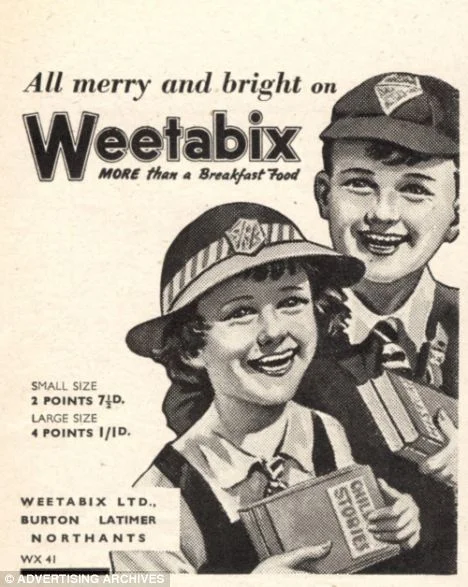
Source: Google Books
The Weetabix Yellow Tin: Origins of the Yellow Tin
In the mid-20th century, as Weetabix solidified its place as a breakfast staple in British homes, the company sought innovative ways to enhance its brand presence. One such innovation was the introduction of the Weetabix storage tin. This bright yellow tin, adorned with the iconic Weetabix logo, was not just a storage solution but a clever marketing tool that would embed itself into British culture.
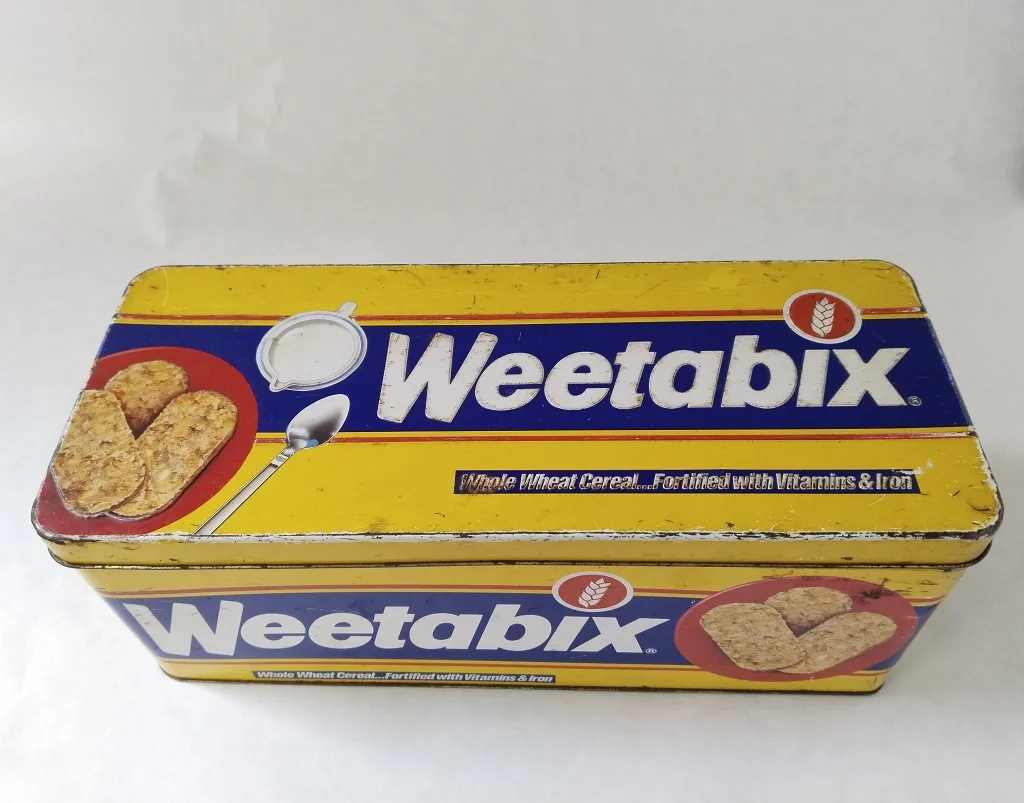
Source: By Stable MARK, own work
The Birth of an Icon
The idea was simple: provide a durable, reusable container that customers could use to keep their Weetabix fresh. The tin was introduced in the 1960s, a time when reusable packaging was not only practical but also an attractive novelty. The cheerful yellow color made it instantly recognizable and a standout addition to kitchen shelves.
Collector’s Item
As time passed, these tins became sought-after collector’s items. Weetabix capitalized on this by releasing limited-edition designs, further increasing their appeal. Collectors would eagerly hunt for rare versions at flea markets, garage sales, and online auctions. The tins, with their evolving designs, chronicled the brand’s history and served as a testament to Weetabix’s enduring popularity.
Cultural Impact
The impact of the yellow tin extended beyond the kitchen. It became a piece of British culture, often featured in television shows, movies, and literature as a symbol of homeliness and Britishness. Its iconic status was such that even people who didn’t eat Weetabix recognized and appreciated the tin. Today, the yellow tin is still beloved by many. Weetabix continues to produce these tins, tapping into the nostalgia of older generations while introducing the charm to new ones. In an era where digital and disposable are the norms, the enduring appeal of the yellow tin lies in its tangibility and permanence.
Share this article






